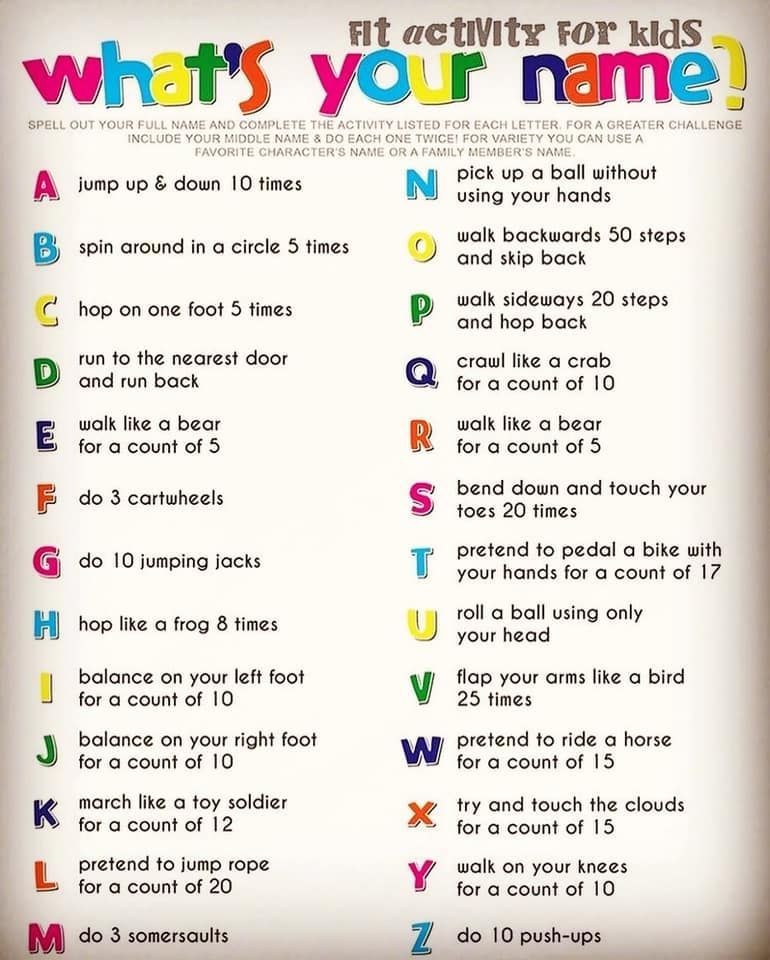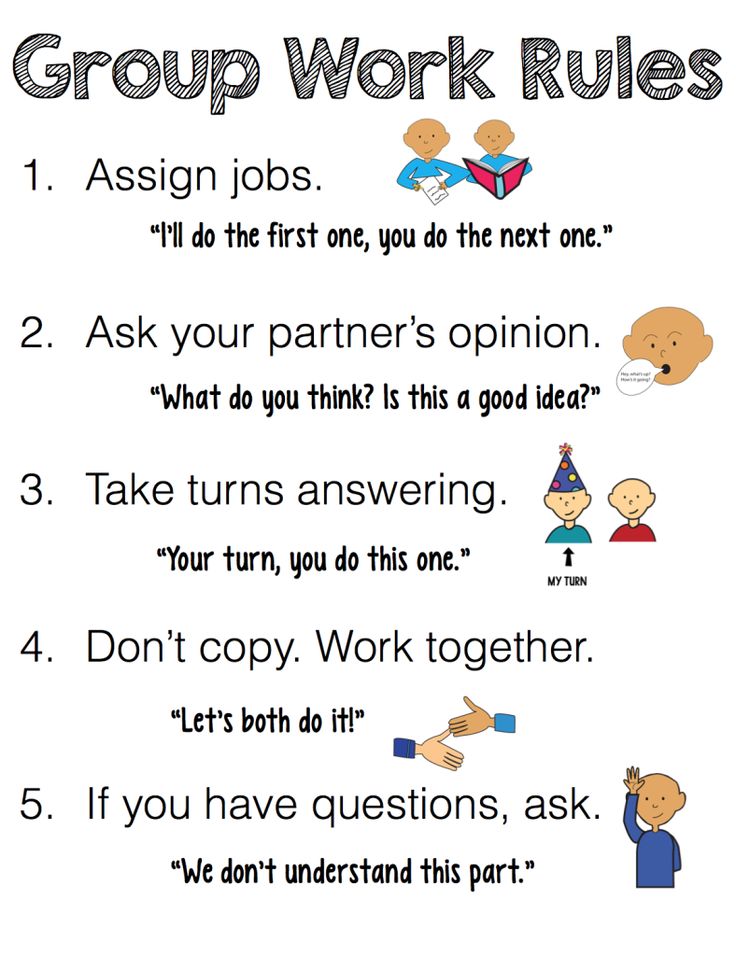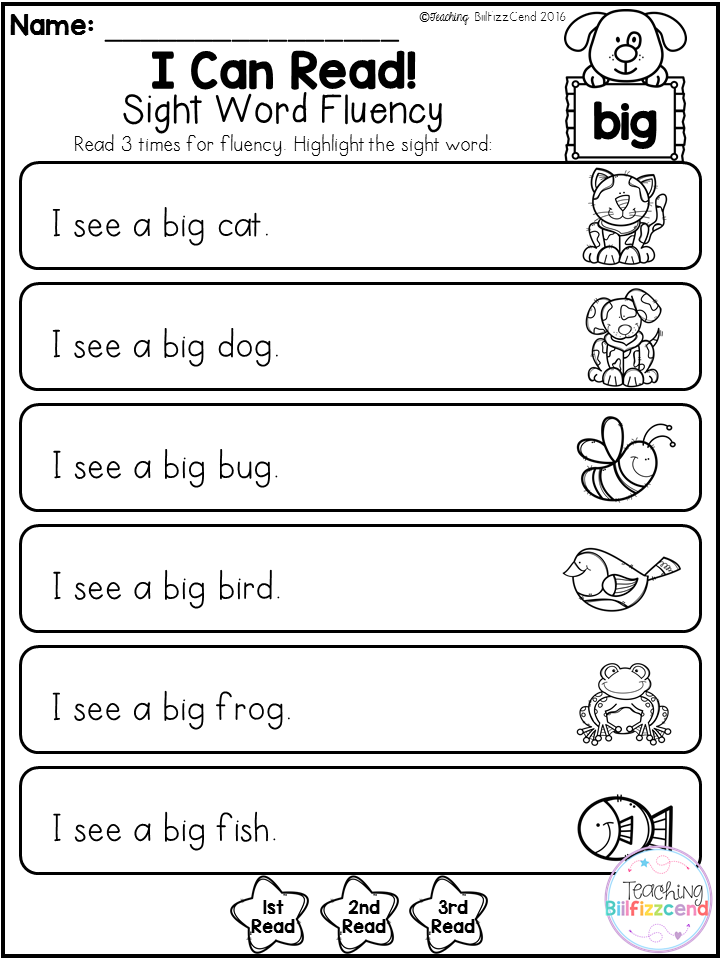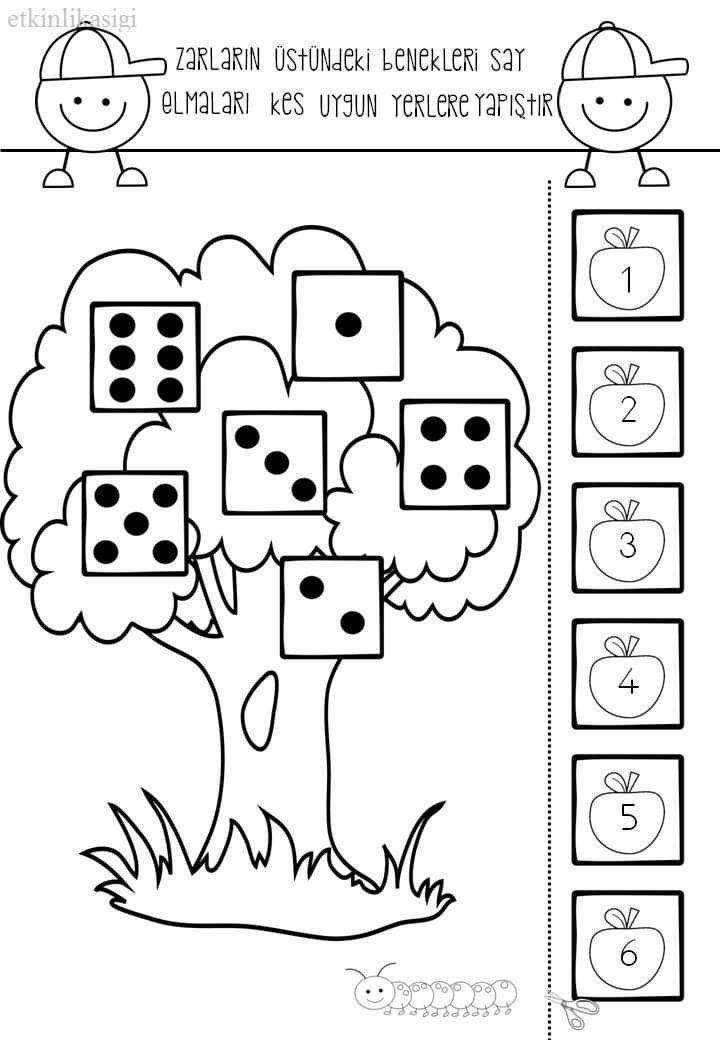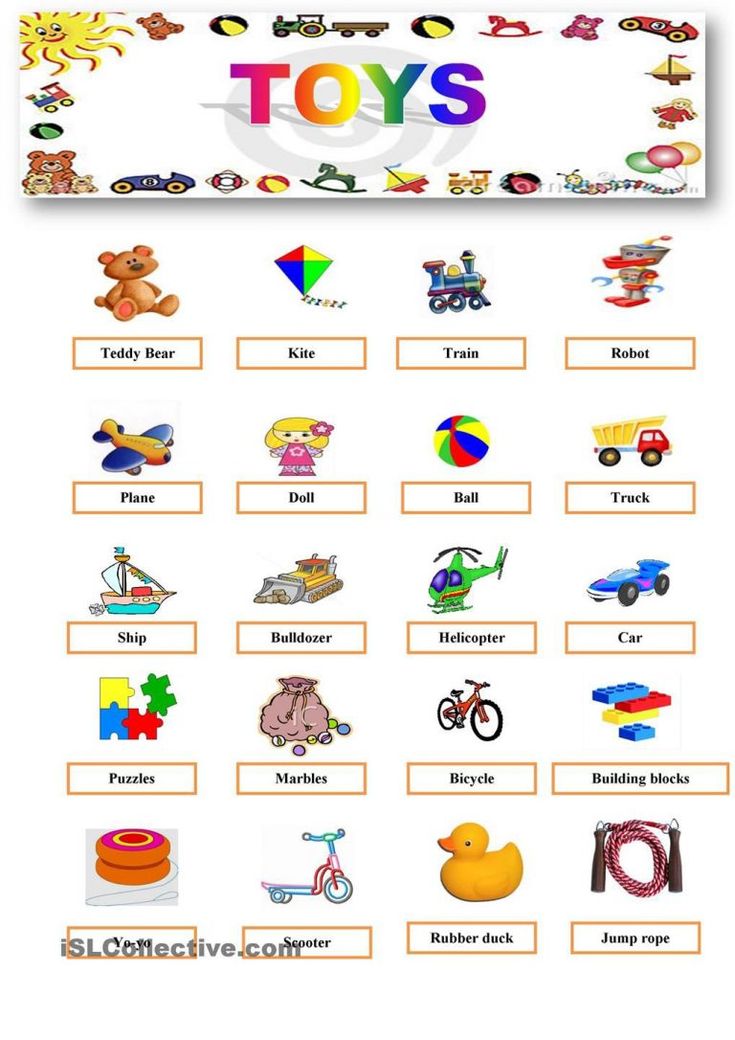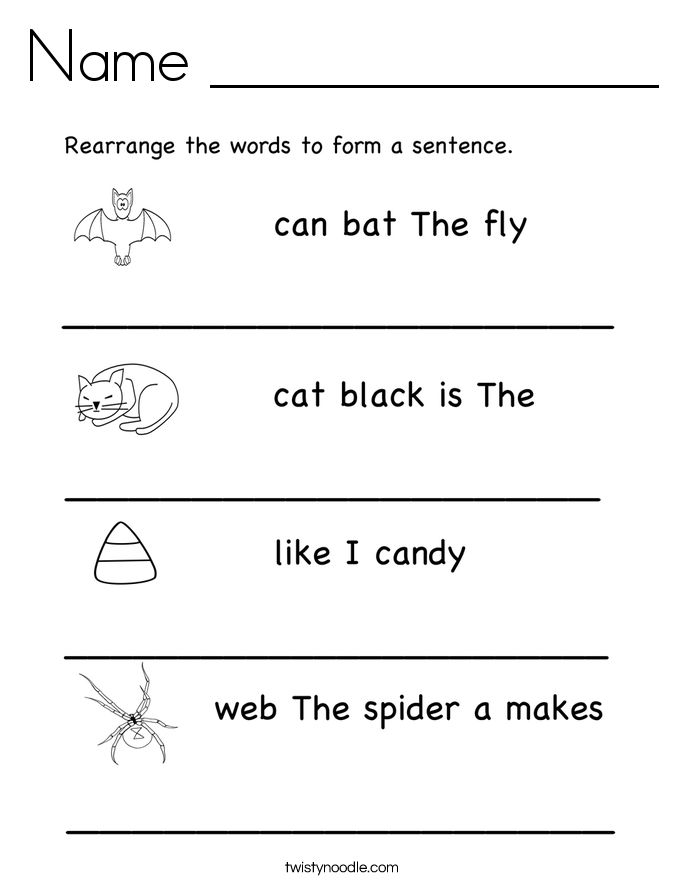How well do you follow directions
How Well Can You Follow Directions Test
How well can you follow directions? Get a piece of paper and a pencil ready to take this quick quiz to see if you can follow directions.
Preparation:
To take this test, all you need is a pen or pencil, an 8 1/2 by 11 piece of paper, and a watch or clock for timing yourself. After you take the test, check the bottom of this page to see how well you did.
Directions:
You have a 5 minute time limit to complete all of this test. Carefully read all of the parts of the test before doing anything. In order to ensure the accuracy of this exam, you should not use more than the allotted time of 5 minutes. You may start the timer and begin whenever you choose. Good Luck!!
You may begin now!!
1. Write today's date--month-day-year in the top right hand corner of your test paper.
2. Write the answer to the following multiplication problem directly underneath the date on your test paper--6 X 5 = ?
3. Write the name of the month that begins with the letter "D" in the top left hand corner of your test paper.
4. Add 15 to the answer you got in part #2, and write this new total directly underneath your answer for part #3.
5. In the lower left hand corner of your test paper, write the names of your favorite singer and your favorite group.
6. Just above your answer to part #5, write "This test is very easy."
7. In the lower right hand corner of your test paper, draw a rectangle and inside the rectangle draw a five pointed star. The size of these drawings is not important.
8. Directly above your answer to part #7, draw a row of three small circles. Once again, size is not important.
9. Write the name of the first president of the United States on the back of your test paper anywhere you choose. If you don't know who this is, write your own name instead.
10.Write the name of any country that begins with the letter "I" directly underneath you answer to part #2.
11. Take the number of dwarfs in the Snow White story and add it to the number of bears in the Goldilocks story. Divide by 2. Write this total in the approximate center of your test paper.
12. Think of a number between 1 and 50. Double that number. Add 20. Add 6. Subtract 17. Subtract 9. Divide by 2. Write this number on your test paper directly underneath your answer to part #11.
13. Now that you have carefully read all of the parts so far, and you have not carried out any of the actual work, read the next 2 parts just to see what they say and then go back and only complete part #3.
14. The name of the first president of the United States is George Washington. He was president from 1789 until 1797. Add the 2 dates together to see if the total is less than 5000.
15. You should not be reading the end of the exam before the beginning of the exam, but now that you are here, you have just wasted some of the time you may need to complete the test.
How Well Can You Follow Directions?Test Results Below
See how you did on the How Well Can You Follow Directions Test.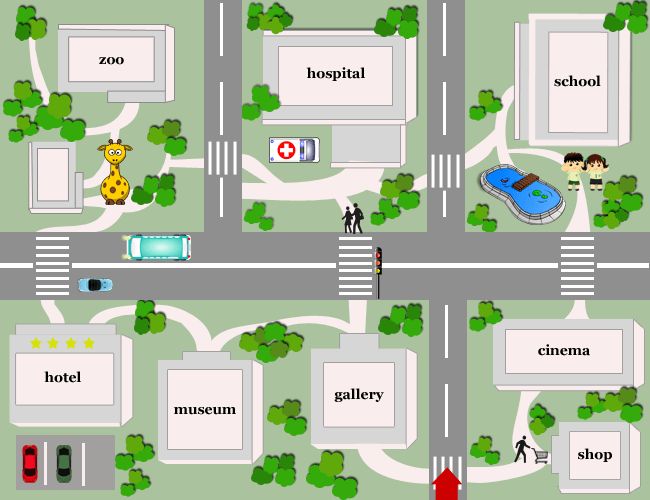
How to become better at following directions
Credit: UNSPLASH
Reading time: About 4 minutes
Ever tripped up by directions? Learning to become better at following directions is a straightforward way to make yourself look smarter and to be more successful…
When I was setting up my first apartment more than 40 years ago, I can remember sitting in a sea of junk in my living-room: particle board panels, multiple Allen wrenches and IKEA-instructions on flimsy white paper. I stared at those instructions for hours, desperately trying to assemble my desk, but I just couldn’t do it.
The instructions might as well have been written in Greek or Swahili, for all I understood them. I eventually called for help from a friend, and even he had difficulty figuring them out.
Following directions is an important life skill and one that’s especially hard for some people.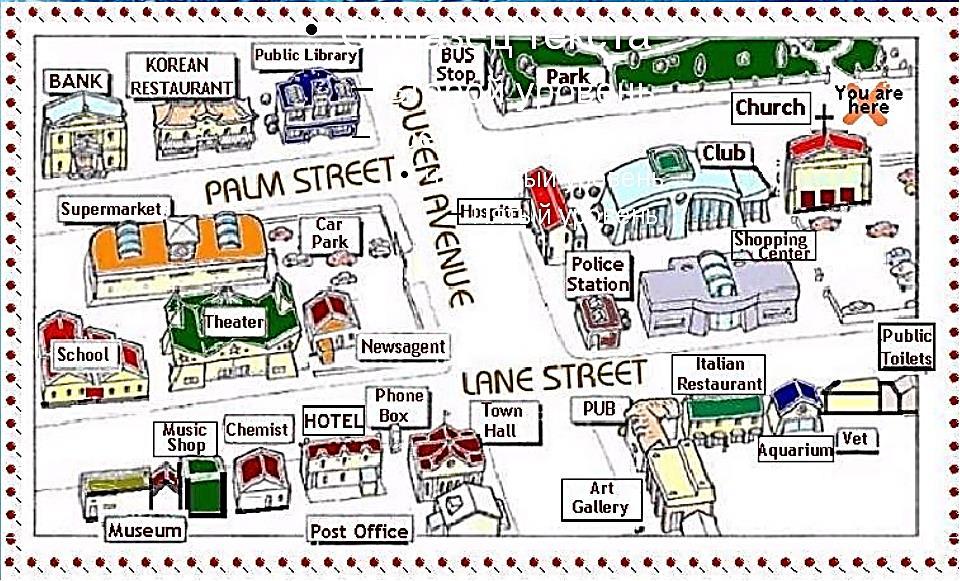 Attention Deficit Disorder (don’t tune out now if you don’t think you have it — I’ll explain why in a moment) and learning disabilities run in my family. I was lucky enough not to get ADHD and my learning disabilities are all related to math so as long as you don’t ask me the square root of 45, I’ll appear just like a typical person.
Attention Deficit Disorder (don’t tune out now if you don’t think you have it — I’ll explain why in a moment) and learning disabilities run in my family. I was lucky enough not to get ADHD and my learning disabilities are all related to math so as long as you don’t ask me the square root of 45, I’ll appear just like a typical person.
But people close to me have faced all of these challenges, and I’ve learned how to help them. In fact, I’m convinced that while ADHD is thought to affect somewhere between five and 11 percent of people, the percentage is likely higher in any community of writers and artists. Why?
People with ADHD are much more likely to be creative. So, if you’re drawn to creative work, odds are essentially higher you have ADHD. Now, I know many people believe that writing requires a great deal of focus and attention — attributes that people with ADHD aren’t likely to have. But here it’s important to understand that for people with ADHD, attention is selective.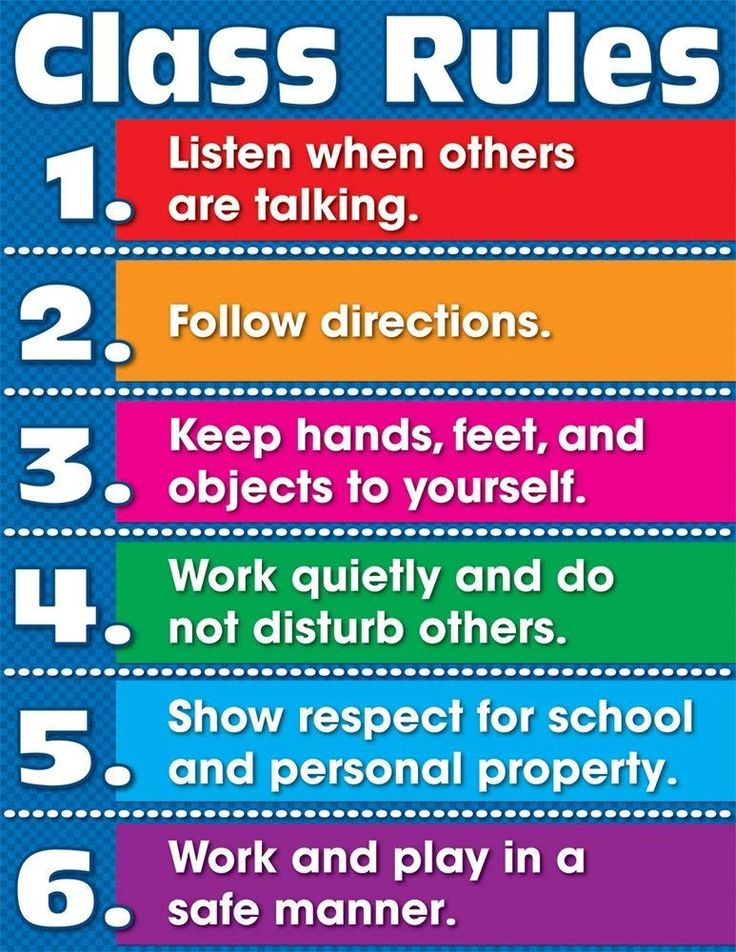 In fact, it’s likely that people with ADHD have greater attention for the small number of tasks that truly interest them — just lesser attention for everything else.
In fact, it’s likely that people with ADHD have greater attention for the small number of tasks that truly interest them — just lesser attention for everything else.
When I worked in a newsroom for 10 years, I was likely surrounded by writers with ADHD, even though I never knew that at the time. This is because working at a newspaper gave them the chance for a multitude of very short deadlines on a wide variety of topics. A perfect breeding ground for ADHD! (Also, they could smoke and drink lots of coffee, both recognized as ‘treatments’ — albeit not necessarily healthy ones — for ADHD.)
If you’re interested in learning more about whether you might have ADHD, understand that it’s found in adults as well as children and that it occurs more or less equally in males and females — it’s not just a thing for boys! If you are concerned, you should get yourself assessed by a mental health professional. Meanwhile, however, here is a quick test you can take, at no charge.
And whether you have ADHD or not, here is some advice on how to do a better job of following directions — as well as a better job of giving them:
How to follow instructions better:
- Ask for directions more often and ask specific questions about those directions. Make sure you fully understand the project and all the details of what you’re being asked to do.
- Get context for the task you need to do. Understanding the reason behind certain projects or tasks will help you make greater sense of what needs to be done.
- Understand your own learning style. Experts have identified seven different learning styles: Visual, auditory, verbal, physical, logical, social and solitary. In my case, I know I’m not a visual learner (those damn IKEA instructions!) and instead I’m much more comfortable with verbal and logical instructions. When I get instructions, I make sure they match a style I feel comfortable with.

- Look for distraction triggers. If you know you’re at risk of going down the Twitter or Instagram rabbit-hole at any time then, for goodness sake, turn off social media while you’re getting or following directions. In fact, turn off your phone entirely.
- Visualize yourself getting the task done. As you’re starting to follow a set of instructions, visualize yourself finishing them and, along the way, ask yourself questions like, “when will I be half-done here?” This kind of orientation will help keep you on track.
- Talk to yourself. Giving yourself a pep-talk will not only help you follow directions better, it’ll also help you stay focused on the task at hand.
- Practice by giving instructions to others. Teaching something is a great way to learn it. You’ll start to recognize tricks and techniques you can use to help yourself.
How to give better instructions
- Give directions in a helpful, non-aggressive way.
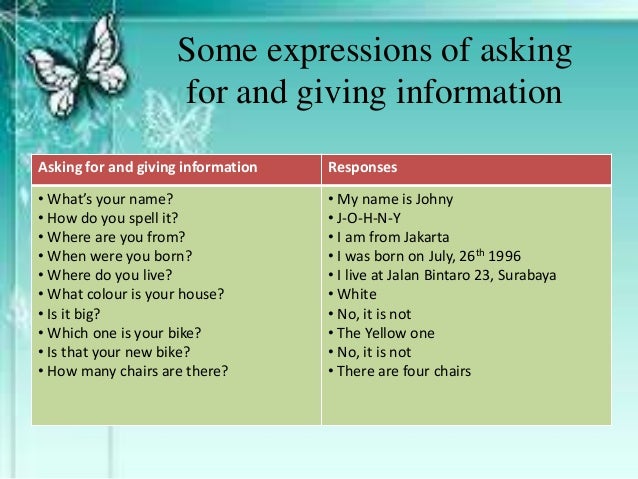 Put yourself in the shoes of people who will be receiving your directions and figure out in advance what it is they need to know. Be cheerful and friendly, not dictatorial. Invite plenty of questions.
Put yourself in the shoes of people who will be receiving your directions and figure out in advance what it is they need to know. Be cheerful and friendly, not dictatorial. Invite plenty of questions. - Be specific, not vague. If something needs to be done in a specific way then tell people that for goodness’ sake! Don’t ever expect others to read your mind.
- Give context for the task you need done. Understanding the reason behind certain projects or tasks will help your employees/subordinates make greater sense of what needs to be done.
- Make allowances for different learning styles. Experts have identified seven different learning styles: Visual, auditory, verbal, physical, logical, social and solitary. Make sure you understand the learning needs of the people on your team and provide them instructions in a manner that’s going to best suit them.
- Don’t micromanage.
 It’s often tempting to think that everything should be done exactly the way you would have done it yourself. Instead, understand that people will respond best if they have room to use their own preferred styles and methods. And, hard as it may be, you also need to leave them room to fail from time to time.
It’s often tempting to think that everything should be done exactly the way you would have done it yourself. Instead, understand that people will respond best if they have room to use their own preferred styles and methods. And, hard as it may be, you also need to leave them room to fail from time to time.
There’s an enormous payoff for becoming better with instructions. Acing the act of following and giving instructions can simplify what you have to do, increase your effectiveness, eliminate confusion, and save time. All wins – no losses.
*
Need some help developing a sustainable writing routine? Learn more about my Get It Done program. The group is now full but there is turn-over each month, and priority will go to those who have applied first. This would be a terrific program to start in the new year! You can go directly to the application form and you’ll hear back from me within 24 hours.
*
My video podcast last week addressed how to deal with supply chain problems in publishing. Or, see the transcript, and consider subscribing to my YouTube channel. If you have a question about writing you’d like me to address, be sure to send it to me by email, Twitter or Skype and I’ll try to answer it in the podcast.
Or, see the transcript, and consider subscribing to my YouTube channel. If you have a question about writing you’d like me to address, be sure to send it to me by email, Twitter or Skype and I’ll try to answer it in the podcast.
*
How’s your skill at following directions? What tricks do you use? We can all learn from each other so, please, share your thoughts with my readers and me in the “comments” section below. Anyone who comments on today’s post (or any others) by Nov. 30/21 will be put in a draw for a digital copy of my first book, 8 1/2 Steps to Writing Faster, Better. Please, scroll down to the comments, directly underneath the “related posts” links, below. Note that you don’t have to join Disqus to post. See here to learn how to post as a guest. It’s easy!
Interview Techniques to Get Your Next Interview • BUOM
Holly Thompson
December 8, 2021
Holly Thompson is a Certified Technical Career Coach with experience advising a wide variety of people throughout their careers. She has a background in education and taught in public schools for 10 years before moving on to career coaching.
She has a background in education and taught in public schools for 10 years before moving on to career coaching.
When you use the right interview technique, you show the employer that you are qualified, experienced, and well suited for the role. Success in an interview requires research, practice, and preparation. In this article, we will explain what interview methods are, describe the types of interview methods you can use, and share additional tips. nine0003
Related Video: Interview Skills: 7 Advanced Tips & Examples (with Bonus Hack) prepare for future interviews.
What are interview techniques?
Interview techniques are the techniques you use before, during, and after an interview to convince hiring managers that you are the best candidate for the job. The type of interview technique you use may vary depending on the role you are applying for, the stage of the interview process you are in, and the location of the interview. It's important to learn and practice interview techniques ahead of time to make sure you're prepared.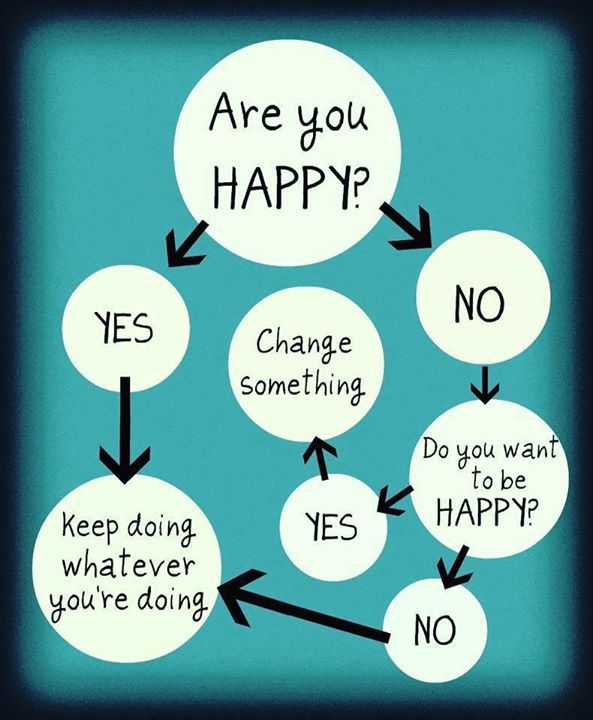 This can help you convey confidence and professionalism throughout the interview process. nine0003
This can help you convey confidence and professionalism throughout the interview process. nine0003
Techniques by interview type
There are many different job interview formats, each with its own challenges and benefits. The technique you use during the interview may depend on where you are interviewing and who you are interviewing. Common interview formats include:
Phone interview
The phone interview is usually one of the first steps in the interview process. If the hiring manager believes that the skills and experience listed on your resume are a potential fit for the company, they may contact you by phone to find out more about you. During the phone interview, keep the following techniques in mind:
-
Research the company and read the job description beforehand to better explain how you fit and why you want to work there.
-
Practice general interview questions, especially "Tell me about yourself" so you can answer confidently.
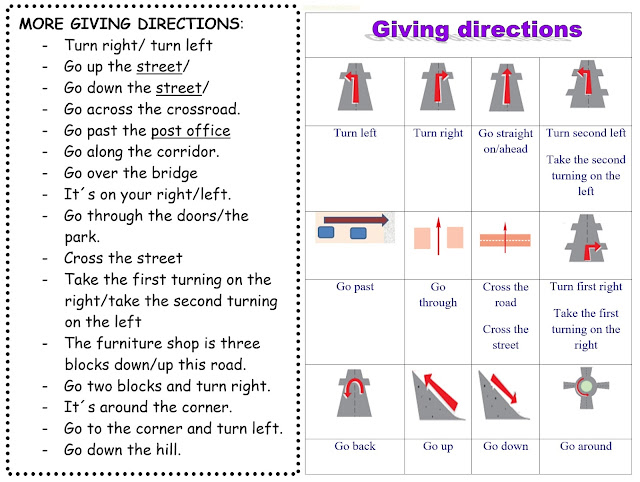
-
Keep your resume, interview notes, and other materials nearby and refer to them as needed.
-
Move into a quiet environment so you can focus and limit yourself to any distractions that may come up during the interview. nine0003
Video Interview
Many companies use video technology to interview both early stage candidates and candidates who will be working remotely full time. Applicants may also be asked to submit pre-recorded videos of interview questions for the hiring manager to review later.
Employers often use video interviews to find out how well a candidate works with technology and follows directions. Video interviews are often used as a substitute for telephone interviews because they allow hiring managers to see the facial expressions and mannerisms of a candidate as they answer basic interview or screening questions. Video interview techniques to follow include:
-
Practice using video interview software in advance and make sure your internet connection is stable throughout the practice interview.
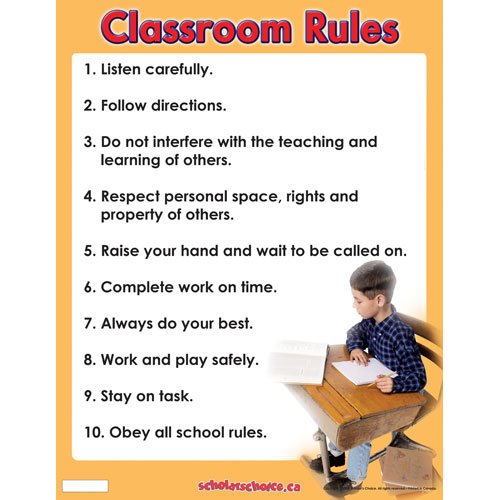
-
Test your computer's microphone and camera to make sure you look and sound clear.
-
Position yourself in a quiet area with adequate lighting and a neutral background. Put your phone in do not disturb mode.
-
Dress appropriately for company culture
-
Try to use the same body language you would use in a face-to-face interview, sitting up straight, nodding to show that you are listening, and using professional hand gestures to attract the interviewer.
One-on-one interview
When your hiring manager invites you for a personal interview, you have passed the initial screening process. Usually at this stage, the employer has a general idea of your skills and experience and is now trying to learn more about your personality, work ethic, and commitment to the position. Some methods to follow include:
-
Be polite and charming as soon as you meet the interviewer. Be sure to smile and shake hands with them when you introduce yourself in person.
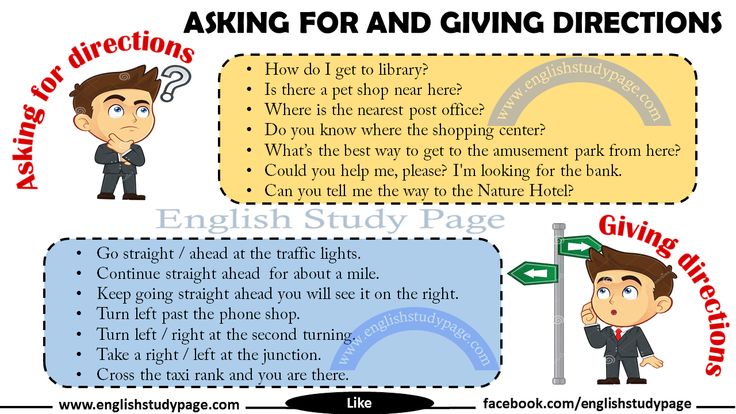
-
Be friendly, energetic and professional when you meet other employees. Interviewers can use this time to see how well you communicate with others. If you are in the office, you may be shown and introduced to other team members.
-
Be sure to show your enthusiasm and passion for this position as interviewers may try to gauge your excitement about this position. - Don't forget to show your appreciation for their time as well.
Group interview
If the interviewer has limited time to meet with each candidate, he can schedule a group interview. It consists of several candidates who are interviewed together and helps interviewers understand how well you work with others and work in stressful situations. Techniques to follow during a group interview include:
-
Be friendly and polite to other candidates and treat them with respect by nodding and smiling as you speak.
-
Listen to other candidates' responses and try to think of ways to make your responses more unique and company-specific.

-
Stay confident, charismatic, and relaxed by answering every question clearly.
Panel interview
Panel interviews consist of interviews in front of several employees at the same time. This type of interview helps employers evaluate how well you handle high-pressure situations as many people are focused on you at the same time. Groups may include members of management, your potential manager, and department staff. Many hiring managers enjoy panel interviews because other employees can give their opinion on whether you are the right fit for their team. nine0003
-
This is a great time to show how well you can manage group settings. Here are some interview techniques you can use during a panel interview:
-
Focus on who is speaking and respond when necessary to show that you are listening.
-
Try to remember the names of each person on the panel so that you can address them politely and professionally by their first name when answering their question.
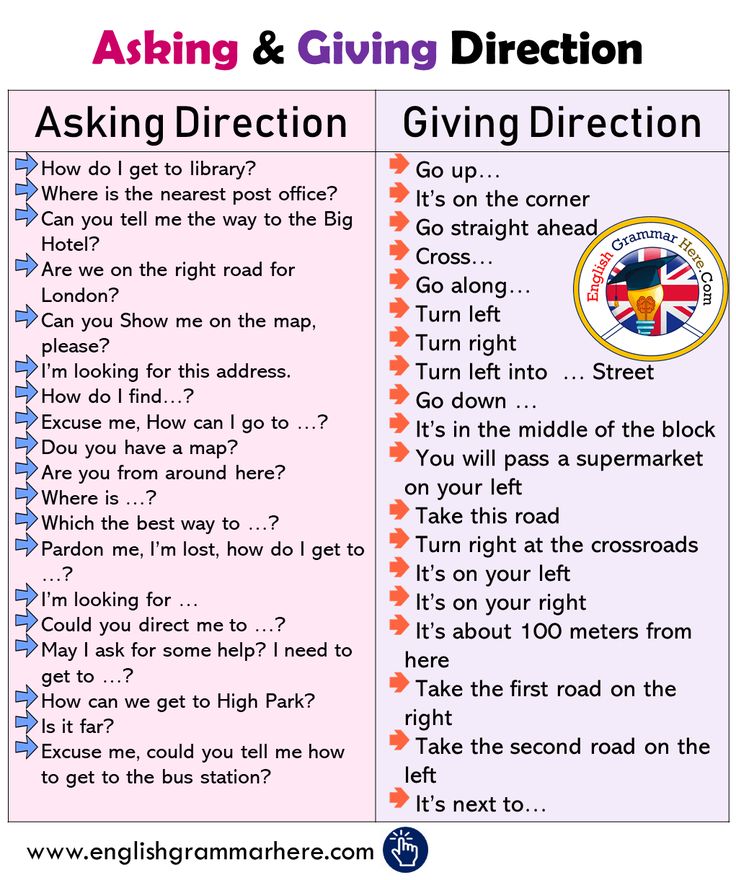 nine0003
nine0003 -
Get ready for many additional questions, as your answers may satisfy some people, while others may want you to expand your knowledge.
-
Make notes of questions that come up that you would like to ask when it is your turn. Write down who raised the topic so you can address the specific person who raised your questions.
Interview tips
There are many ways to demonstrate your professionalism before, during and after an interview to make a great impression. Follow these tips to succeed in your interview:
Use the STAR method
An employer may ask you behavioral questions that focus on how you have handled real-life situations in the workplace in the past to help them understand how you will handle similar situations in their company. When answering these questions, you should keep specific examples in mind in order to explain them in great detail. Use the STAR technique, which stands for situation, task, action, and outcome, to build and organize your response.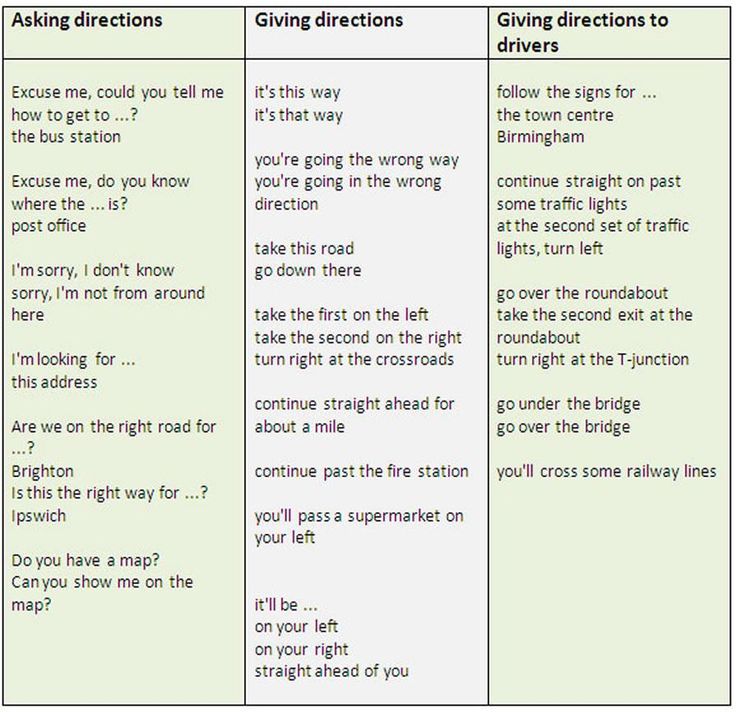 Start formulating your answer with the following tips:
Start formulating your answer with the following tips:
-
Give an example from a real life workplace, providing enough information and context for the employer to easily imagine the situation.
-
Describe the part you played in this situation.
-
Explain the steps you took to solve the problem or problem.
-
List the positive results you experienced after taking the action and solving the problem.
-
If not positive, share what you learned from this experience and how you apply this lesson in the future. (For example: "Tell me about a time you failed.")
Sell Yourself
An important element of a great interview is your ability to sell yourself. Write down your skills and abilities that make you an ideal candidate for this role. A great opportunity to demonstrate these skills is at the very beginning of the interview during the “Tell me about yourself” question. Throughout the interview, you must continue to position yourself as the best candidate and explain how your skills can benefit the company.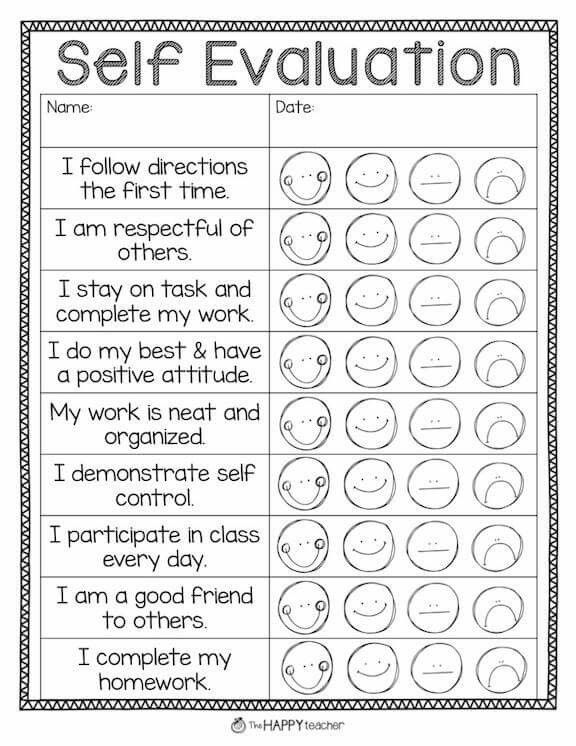 nine0003
nine0003
Dress appropriately
When you meet with your interviewer in person, make a good impression by dressing appropriately. Learn the company's dress code and follow suit. Choose clothes that you feel confident in - don't overdo it. Pick your outfit the day before your interview so you don't arrive late for your interview.
Watch your body language
How you present yourself is almost as important as what you say in an interview. Watch your posture, eye contact, and possible distractions such as spinning in a chair or tapping on a table. Take deep, even breaths to calm your nerves and express positive and confident body language. nine0003
Prepare additional questions
Prepare additional questions for the employer about the company and position. Your enthusiasm for the role and desire to learn more about the organization can impress the hiring manager. To help you think of possible questions, visit the company's website and review the job description.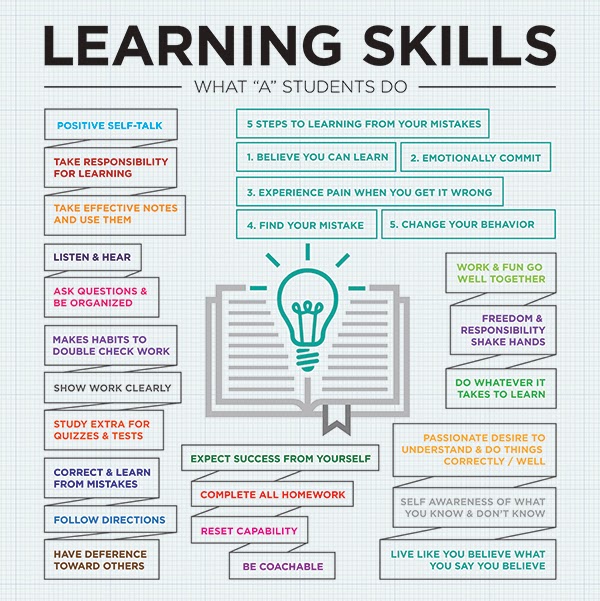 Write down what you would like to learn more about, such as corporate culture, day-to-day responsibilities, and career opportunities. Ask questions that you couldn't find answers to in your research. Memorize these questions or take a notebook with prepared questions and ask them during the interview. nine0003
Write down what you would like to learn more about, such as corporate culture, day-to-day responsibilities, and career opportunities. Ask questions that you couldn't find answers to in your research. Memorize these questions or take a notebook with prepared questions and ask them during the interview. nine0003
Rehearse the interview ahead of time
You will look and feel more prepared for an interview if you practice answering standard questions ahead of time. Learn common interview questions and use them to practice with a friend or colleague. Ask them to share their honest feedback with you and take their comments into account. If you have no one to practice with, answer questions in front of a mirror. This can help you become familiar with your mannerisms and gestures during the interview. nine0003
Send a Thank You Letter
A great way to show your professionalism and appreciation is to send your interviewer a thank you letter. This will show them that you are polite and courteous and will set you apart from other candidates. A day or two after the interview, send them an email with a personalized hello, a message of thanks, confirmation of your qualifications, and a request to continue the interview process.
“I don’t have goals and objectives to injure someone”
"I don't have goals and objectives to injure someone" | Colta.ruDecember 7, 2016Academic music
11
Dmitry Volkostrelov about the relationship between theater and music, lamp authenticity and Chernyakov's performance, at which it is impossible not to cry
text: Alexander Malakhovskiy Dmitry Volkostrelov continues to explore musical territories: on December 10 and 11, at the Lendok Open Film Studio in St. Petersburg, Post Theater releases the premiere of the play I'm Sitting in a Room based on a play by the American conceptualist composer Alvin Lussier. The performance was created with a grant from the Mikhail Prokhorov Foundation as part of the New Theater competition. On the eve of the premiere, Alexander Malakhovskiy spoke with the director.
The performance was created with a grant from the Mikhail Prokhorov Foundation as part of the New Theater competition. On the eve of the premiere, Alexander Malakhovskiy spoke with the director.
— You consistently drag the cult texts of the musical avant-garde onto the territory of the theatre. You have already staged Cage's "Lectures" dilogy, now you have taken up "I am sitting in a room" by his follower Lussier. You said you were inspired by Reich's phase shifts. What do you, as a theater director, find in contemporary music? nine0205
— First of all, she fascinates me. It has a lot of really great stuff in it. When you work with them, you master a different space, you get into it and you are in it, this is a new experience. Of course, there is an egoistic goal - I want to get this experience. There are also some kulturtrager manners. For example, when we staged Beckett at one time, it was important that these texts sounded, that they be present in a cultural context. It's the same with contemporary music. When musical texts find themselves in the space of the theater, a situation of mutual enrichment arises. And why not get rich, since we have such an opportunity? nine0003
It's the same with contemporary music. When musical texts find themselves in the space of the theater, a situation of mutual enrichment arises. And why not get rich, since we have such an opportunity? nine0003
- Robert Wilson staged Cage's Lecture on Nothing, but most often these lyrics are performed by musicians for the musical public and from the music scene. What happens when you take these works to the theatre?
- In fact, we, of course, do not have a completely correct attitude towards these texts. We place them in a completely different context and, no matter how terrible it may sound, we interpret, somewhere following the author's instructions, and somewhere not. Let's say Lecture on Nothing is played by two actors, although it is clear that Cage himself performed it alone. Almost all musical performances, as far as I know, quite clearly follow the author's instructions. And in our Lecture on Nothing, there is a possibility that the viewer may not hear the lecture itself at all.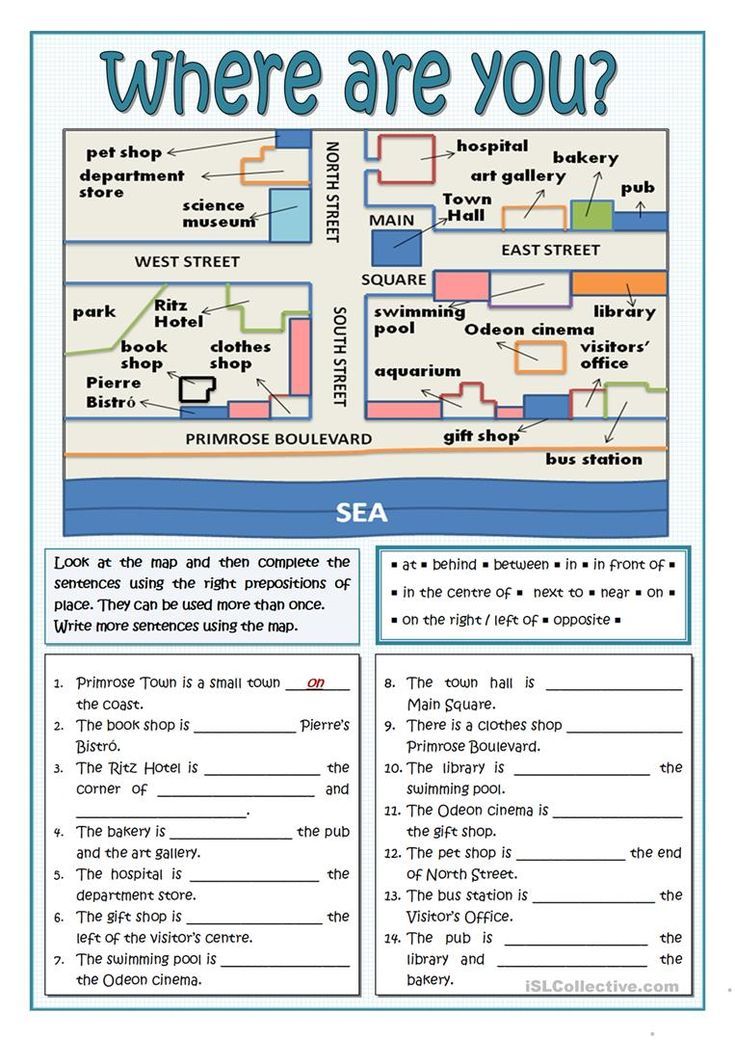 I don't know how good or bad it is, but it happens nonetheless. Although I am against interpretation, musical texts simply force me to interpret them - they have a completely different fabric, and, probably, in the space of the theater it makes sense to interact with them in this way ...
I don't know how good or bad it is, but it happens nonetheless. Although I am against interpretation, musical texts simply force me to interpret them - they have a completely different fabric, and, probably, in the space of the theater it makes sense to interact with them in this way ...
— If I'm not confusing anything, it's still in the student's play Tarelkin's Death…
— My God, where did you get that from? (Laughs)
— … you used the music of Gia Kancheli. What role did she play there?
- It was in the fourth year of MGUKI. I did not stage the entire play by Sukhovo-Kobylin, but a fairly large excerpt from The Death of Tarelkin - and yes, Gia Kancheli and someone else sounded there, I don’t remember now. It's just that at some certain moment of the action, a soundtrack was turned on - an approach that one should generally try to avoid in the theater. At that time, I was very impressed by the performances of Sturua, and therefore Kancheli appeared - such epigonism at the age of nineteen, I think, is forgivable.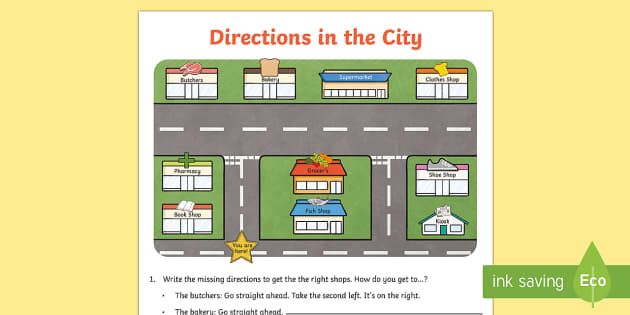 nine0003
nine0003
I admit that the interest to work in a large hall and try to make a performance there will appear over time, but I understand that this will be very painful for all participants in the process.
— For the first time you encountered modern academic music in 2012 — as part of the Operational Group, you staged Boris Filanovsky's opera Three Four. What was that experience?
— Terrible and at the same time, as is often the case, a wonderful experience! Working with time is one of the director's main tools: he works with space and time, he organizes them. And here you are faced with a situation where time is organized for you and, in fact, you just follow it. This is a very difficult experience, but I would like to repeat it - I'm thinking about doing something on the grounds of the opera again. nine0003
— Would you risk staging an opera on a traditional musical stage, for example, at the Mariinsky Theatre?
- I'm not sure I'm interested in such a large-scale story.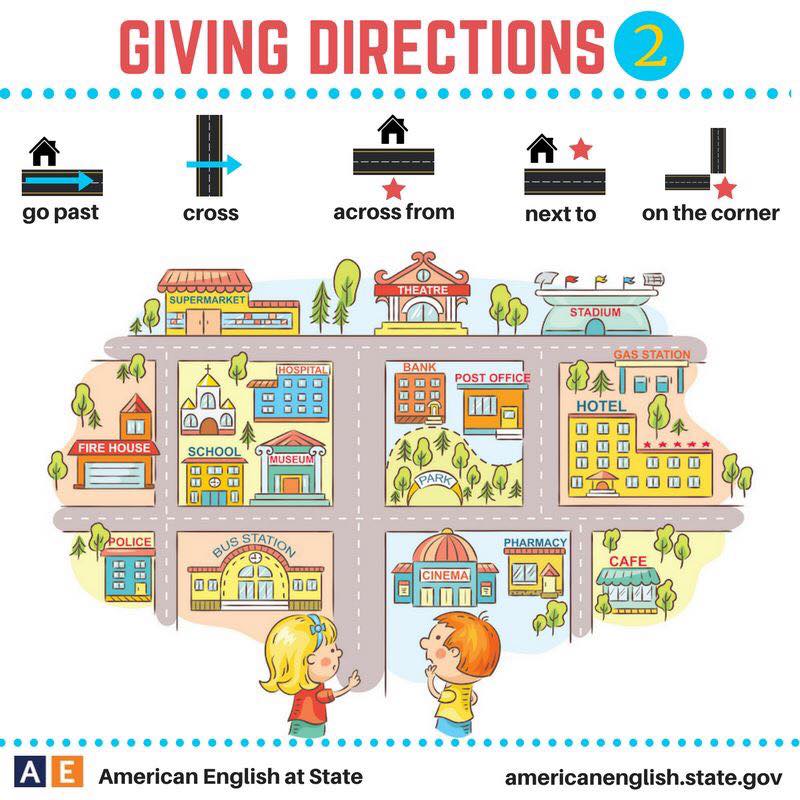 Obviously, in a large hall with 500 seats or more, directors are obliged to make a show anyway. It can be different, “show” for me is not a dirty word at all. But nevertheless you are doomed to do it. And I would not want to doom myself to anything - I am more interested in chamber things, chamber stories. Including because they offer greater freedom and a completely different contact between people - much more intimate. I admit that the interest to work in a large hall and try to make a performance there will appear over time, but I understand that this will be very painful for all participants in the process. Perhaps in 50 years it will no longer be painful, but before that you have to live. In the meantime, there will be a big trauma for all participants, both spectators and actors. We had a play "Love Story" in the "Comedian's Shelter". This is a chamber theater, but with its own specific repertoire context - and the first experience of this performance was very traumatic. However, everything gradually improved, the performance was played, another audience came, and everything was in order.
Obviously, in a large hall with 500 seats or more, directors are obliged to make a show anyway. It can be different, “show” for me is not a dirty word at all. But nevertheless you are doomed to do it. And I would not want to doom myself to anything - I am more interested in chamber things, chamber stories. Including because they offer greater freedom and a completely different contact between people - much more intimate. I admit that the interest to work in a large hall and try to make a performance there will appear over time, but I understand that this will be very painful for all participants in the process. Perhaps in 50 years it will no longer be painful, but before that you have to live. In the meantime, there will be a big trauma for all participants, both spectators and actors. We had a play "Love Story" in the "Comedian's Shelter". This is a chamber theater, but with its own specific repertoire context - and the first experience of this performance was very traumatic. However, everything gradually improved, the performance was played, another audience came, and everything was in order. And if you multiply this situation by an even more spacious hall - the larger the hall, the greater the injury. Not sure if this is necessary. I have no goals and objectives to injure someone. nine0003
And if you multiply this situation by an even more spacious hall - the larger the hall, the greater the injury. Not sure if this is necessary. I have no goals and objectives to injure someone. nine0003
- When you put on a musical performance, do you start thinking more about rhythm, meter, that is, about the instrumentation that is more often associated with music?
— Yes, of course. I began to pay attention to this instrumentation in performances that are not directly related to the musical material - it greatly enriches the theatrical vocabulary. This approach was not invented by me and was not discovered by me: Meyerhold, it seems, was still thinking about the sonata form in the performance. Another thing is that in the twentieth century, music has changed a lot, the instrumentation has greatly expanded. Being engaged in theater, it is impossible not to notice it and it is impossible not to use it. nine0003
Maybe I'm going to insult my colleagues now, but sometimes I'm more interested in a composer than a director.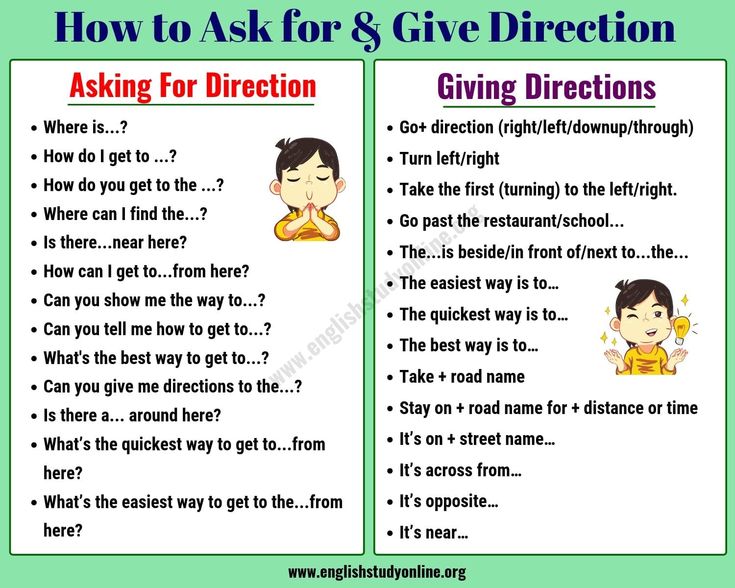 Musicians have a completely different way of thinking, and it is extremely interesting to me - in my opinion, it is much broader, much freer than that of theater workers. The same can be said about contemporary artists, because the degree of freedom they can afford is much higher. Obviously, the composer has other financial risks, and this affects a lot. None of us is independent, we are all dependent on money as well: in the theatre, financial risks are much higher, and therefore there is much less freedom - unfortunately, a situation of internal restriction arises, we must try to somehow destroy it. nine0003
Musicians have a completely different way of thinking, and it is extremely interesting to me - in my opinion, it is much broader, much freer than that of theater workers. The same can be said about contemporary artists, because the degree of freedom they can afford is much higher. Obviously, the composer has other financial risks, and this affects a lot. None of us is independent, we are all dependent on money as well: in the theatre, financial risks are much higher, and therefore there is much less freedom - unfortunately, a situation of internal restriction arises, we must try to somehow destroy it. nine0003
— Drama theater people often face language barriers when they take on music. Have you had such a problem?
- Maybe it did, but it's normal, it's natural that you need to learn another language. It would be loud to say that I can read the score, but I roughly understand what happens in it, what it means and why some things in it are written this way and not otherwise.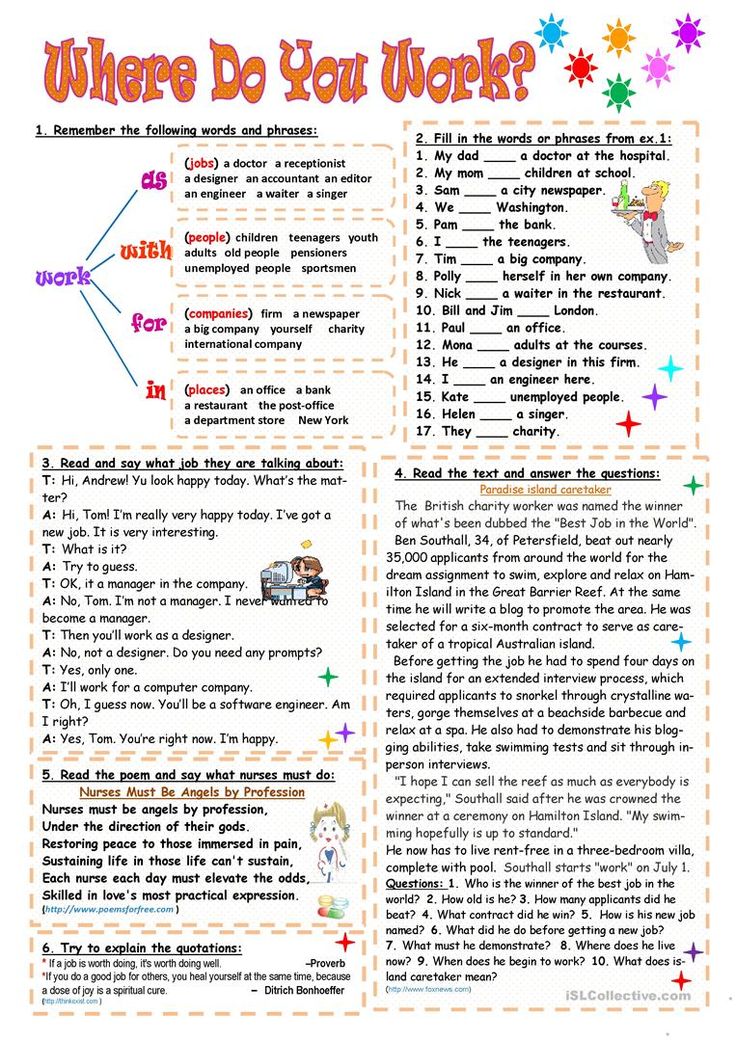 It helped me a lot when I staged the opera. We were taught this at the Theater Academy, we have some basics. Further it is necessary to develop them, to enrich them. In all spheres there are zones unknown to you. nine0003
It helped me a lot when I staged the opera. We were taught this at the Theater Academy, we have some basics. Further it is necessary to develop them, to enrich them. In all spheres there are zones unknown to you. nine0003
- In one interview, you said that you love lyrics that are "painfully difficult to adapt to the theater stage." "I Am Sitting in a Room" Lucier - same text?
— I love texts that challenge you, make you come up with a new language, reinvent yourself. Of course, we understand that everything has already happened, everything is already known, but still, some texts constantly appear that force you to do something that you have never done before. This is extremely interesting. “I am sitting in a room” is a text of this nature, and therefore there we will try to do some things that have never been done before. nine0003
- What do you mean?
— Direct participation of the spectator in the performance, let's call it that.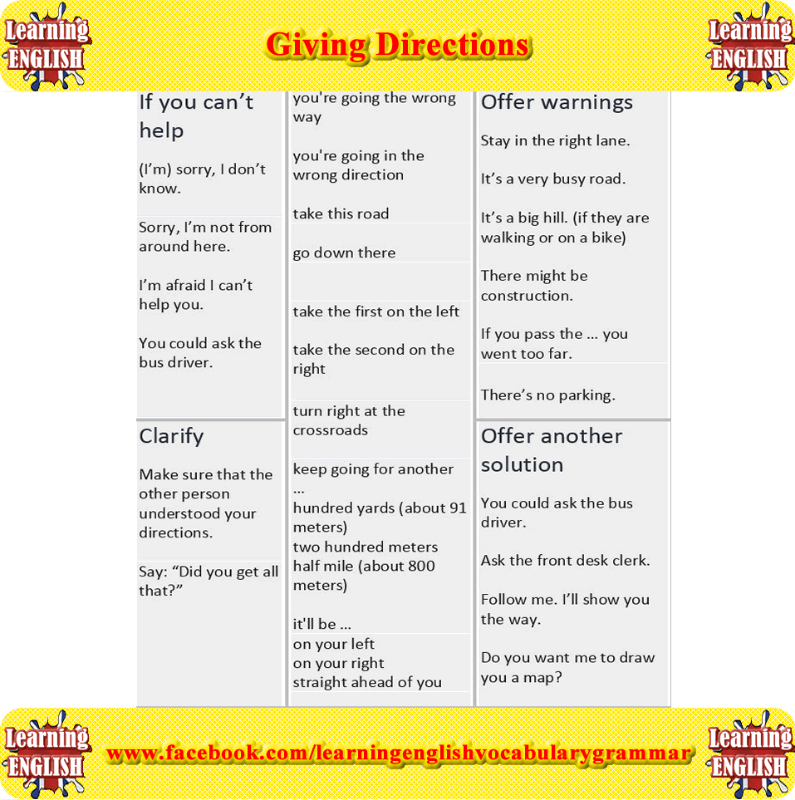
— How exactly will this participation take place?
- You will know everything in due time (laughs) ! This work is quite simple - and that's why it fascinates, it is thanks to its simplicity that it works. Lussier has a lot of these things. I was lucky, I played "Silver Streetcar for the Orchestra" for the triangle. It interacts in an amazing way with both you and the listener. You begin to understand something new about space, how sound lives in this space. AT « I Am Sitting in a Room » there is a flip: on the one hand, it contains a textual statement, on the other hand, this statement is a literal statement in the process of execution.
Of course, we understand that everything has already happened, everything is already known, but still, some texts constantly appear that force you to do something that you have never done before.
nine0003
- Do you use Lucier's original text?
- Yes, translated into Russian. We made it with Dmitry Vlasik, co-author of the play.
- Lussier's product is potentially infinite. How are you going to limit it?
- There is a canonical record, and we follow it - 32 times. Therefore, 32 viewers. Am Sitting in a Room » is often explained as the process of absorption of speech by the resonances of the room. But, especially in the early recordings, one can clearly hear that the imperfection of technique plays an important role in this work - it is precisely this that gradually dissolves the speaker's speech. In my opinion, randomness is also important in it - for example, Lussier stutters, and this feature of speech, which manifests itself unexpectedly, becomes a permanent element of a particular performance. Have you ever thought about this work in this way? nine0205
- I would not say that there is a technical imperfection here.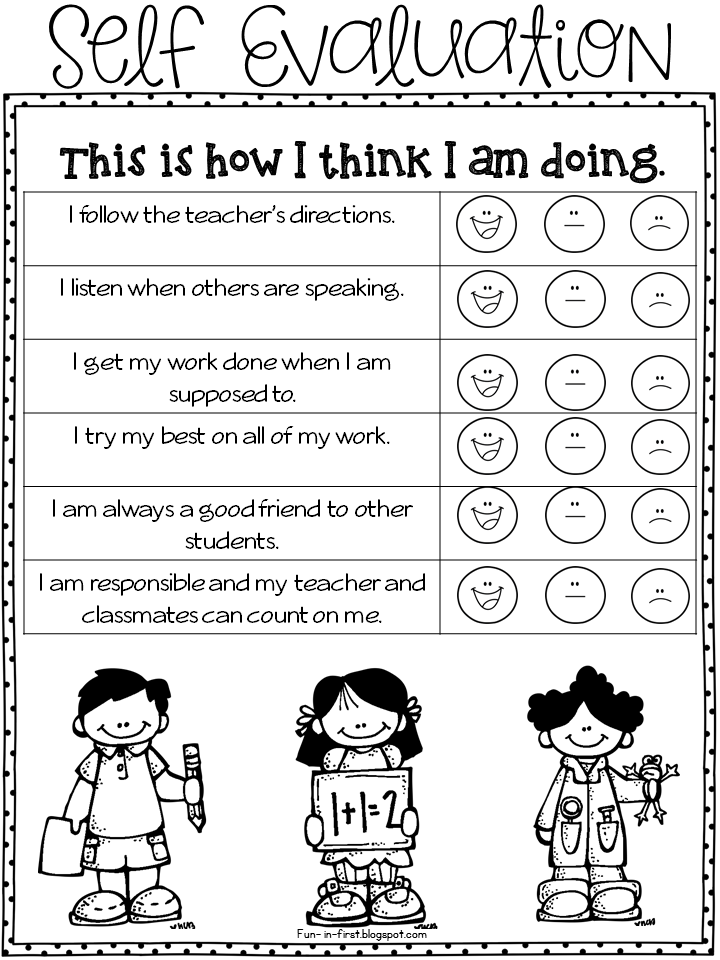 The technique here is quite sensitive and perfect, because it works with space. This is a work about the topic of disappearance that has been worrying me for a long time - in this case, text, speech. Transform them into something completely different. And it's not a technical problem. It seems to me that this is the situation of human life as such. Technique in this case does not destroy, but transforms. The utterance changes, begins to negate itself and is transformed into pure sound. The text itself quickly disappears in the recording - somewhere by the sixth repetition it is almost impossible to make out what Lucier says there. This is a very important story about how space changes everything. In each new room, the sound will transform differently. nine0003
The technique here is quite sensitive and perfect, because it works with space. This is a work about the topic of disappearance that has been worrying me for a long time - in this case, text, speech. Transform them into something completely different. And it's not a technical problem. It seems to me that this is the situation of human life as such. Technique in this case does not destroy, but transforms. The utterance changes, begins to negate itself and is transformed into pure sound. The text itself quickly disappears in the recording - somewhere by the sixth repetition it is almost impossible to make out what Lucier says there. This is a very important story about how space changes everything. In each new room, the sound will transform differently. nine0003
As for randomness, it seems to me that this is a fairly deterministic product. I really like to use chance in the theater. Some performances happen this way - with the help of a random number generator. In the same "Love Story" the guys behind the curtain before each scene cast lots.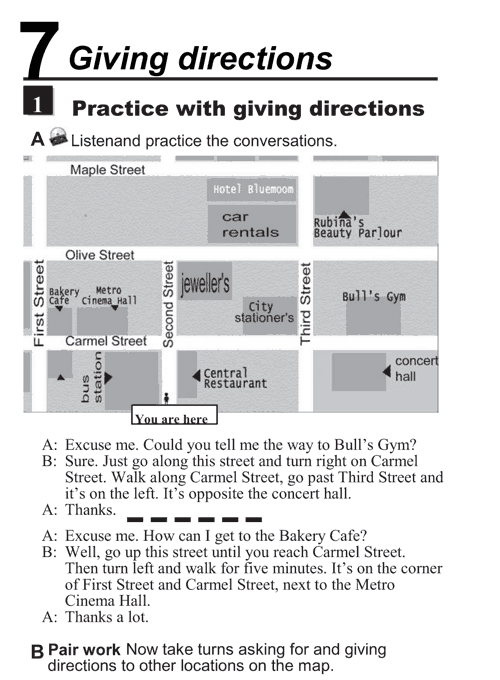 This is a very important thing, also because the director's choice is totalitarian. In “Love Story”, for example, if I say that some girl goes on stage first and will always be like this, then the question immediately arises: “Why is she the first, and not him or not another performer?” There is also the question of who is the main character and, in general, who is more important. The lot removes such a situation, because it frees you from the choice that impoverishes you and the work. nine0003
This is a very important thing, also because the director's choice is totalitarian. In “Love Story”, for example, if I say that some girl goes on stage first and will always be like this, then the question immediately arises: “Why is she the first, and not him or not another performer?” There is also the question of who is the main character and, in general, who is more important. The lot removes such a situation, because it frees you from the choice that impoverishes you and the work. nine0003
Lussier's situation is different. While it is difficult to say which - you need to do and see. Some things are tested by experience: how the viewer will behave, how the space will sound - this is still a mystery.
© Teatr Post
— In terms of technique, do you follow the author's prescription - record the text, play it back, record the playback, play it back, and so on?
- Yes, yes, on two tape recorders. It would be possible, of course, to play Lussier digitally, but we still decided to use reel-to-reel tape recorders. Classic, original. Authentic lamp. In principle, I really like the situation of analog things, because they are more human. They are more understandable. It is clear how an incandescent lamp works, but it is not clear how a diode works. That is, you can figure out how the diode works, and understand about the computer, but all the same, they will remain a thing in themselves, and an analog thing is open to the eye. She is visual. It's no coincidence that these things never disappear. It would seem that the vinyl was supposed to disappear, but no, it didn’t disappear anywhere, everything is in order. Or books: everyone thought that readers and phones would kill them, but nothing like that - in recent years, sales of paper books have been growing. nine0003
Classic, original. Authentic lamp. In principle, I really like the situation of analog things, because they are more human. They are more understandable. It is clear how an incandescent lamp works, but it is not clear how a diode works. That is, you can figure out how the diode works, and understand about the computer, but all the same, they will remain a thing in themselves, and an analog thing is open to the eye. She is visual. It's no coincidence that these things never disappear. It would seem that the vinyl was supposed to disappear, but no, it didn’t disappear anywhere, everything is in order. Or books: everyone thought that readers and phones would kill them, but nothing like that - in recent years, sales of paper books have been growing. nine0003
- Tell us about your recent musical experiences - maybe some records or new music that you have discovered?
— Impressions… What was there? New album Radiohead , David Bowie's latest album. Both of these discs are great. I finally saw "Onegin" by Chernyakov - I managed to watch it with the old cast, last season. It was an impression. I don't know why I waited so long for this trip. I sobbed half the performance - it was impossible not to do this. nine0003
I finally saw "Onegin" by Chernyakov - I managed to watch it with the old cast, last season. It was an impression. I don't know why I waited so long for this trip. I sobbed half the performance - it was impossible not to do this. nine0003
Did you like the material? Help the site!
Quiz
Do you understand the art of the 20th century?
Let's test you on the birds and art charades of the artist Egor Koshelev
news
March 11, 2022
14:52 COLTA.RU blocked in Russia
March 3, 2022
17:48 "Rain" temporarily stops broadcasting
17:18 The Union of Journalists of Karelia complained about Roskomnadzor to the Prosecutor General's Office
16:32 Sergey Abashin left the Association of Ethnologists and Anthropologists of Russia
15:36 The Prosecutor General's Office called participation in anti-war rallies extremism
All news
New in Academic Music sectionMost read
Consistent Vladimir Martynov
63
Musica sacra in the face of the future
94
“The golden rule is not to try to sing in a voice that is not your own”
64
It's great that we are all here today. ..
..
68
That's the end of the kid
72
Shostakovich's way to October and back
59
Can an "Alternative" exist today?
56
The time of composers comes and goes
65
“Such an English Martynov long before “Come in”, but more cordial, or something”
59
“For me the most chicdos is when I hit zero”
64
High composer kitchen
71
Ball and cross
63
Today online
Around the HorizontalHow Communities Work Safely and Together
A small guide to the essentials for your peace of mind and productivity - from new digital services to practices of the 19th century nine0003
December 26, 20222724
Around the horizontalIlya Budraitskis: “An important thing in the experience of the dissidents was a serious attitude to other people's ideas”
A conversation about the useful lessons of Soviet dissidence, about the conflict between the ethics of persuasion and the ethics of responsibility, and why people who support SVO should not be treated like robots or zombies
December 14, 20221790
Around the horizontalSvetlana Barsukova: "The stupidity of the law is often extinguished by the wisdom of practical actions"
A well-known sociologist about the huge repertoire of informal practices in Russia (from the system of bribes to neighborly mutual assistance), about the collective reaction to times of crisis and why even in the most ethically dangerous areas one can find common sense and benefit
December 5, 20221681
Around the horizontalGrigory Yudin about the past and future of the protest.
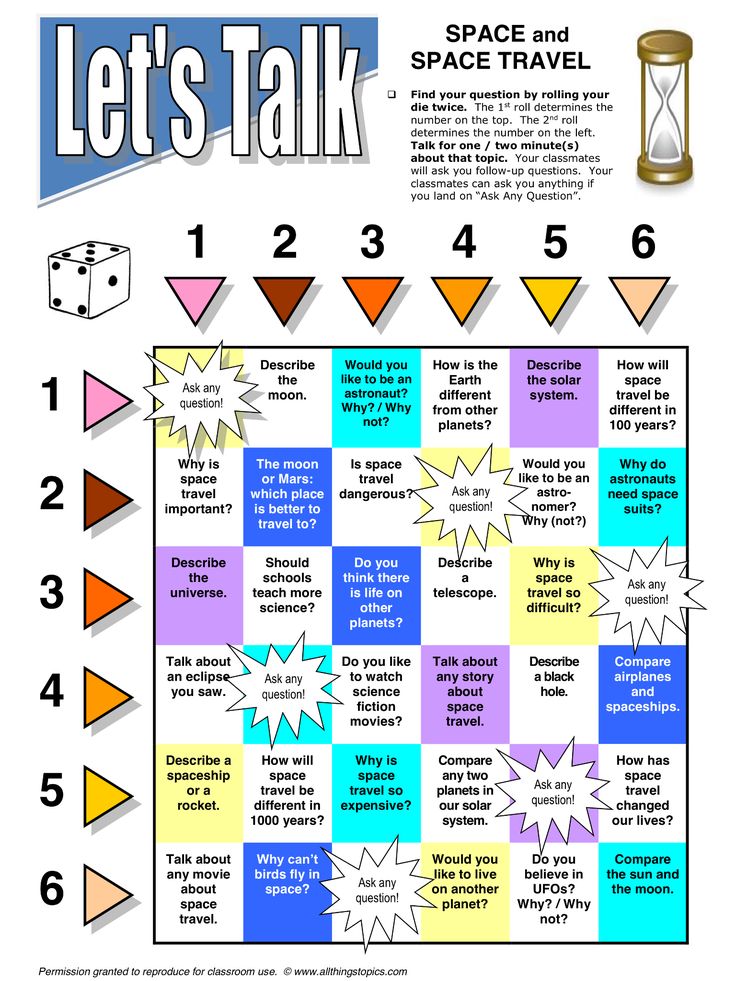 Big talk
Big talk What becomes the basis for mass protest? What are its starting conditions? What prejudices and mistakes threaten him? Does protest need decentralization? And how to evaluate its success?
December 1, 20222011
Around the horizontalGert Lovink: “Web 3 is really a new beast”
Will Web 3.0 be able to handle the freeing of the global web from large platforms? What is gained, what is lost, and, in general, is this reform so revolutionary? Mitya Lebedev spoke with a well-known media theorist
November 29, 20221686
Around the horizontal"How to keep the complexity of relationships and support each other when you can't hug each other?" nine0195
Horizontal communities in wartime—between ruptures, isolation, loss of soil, and gain of soil.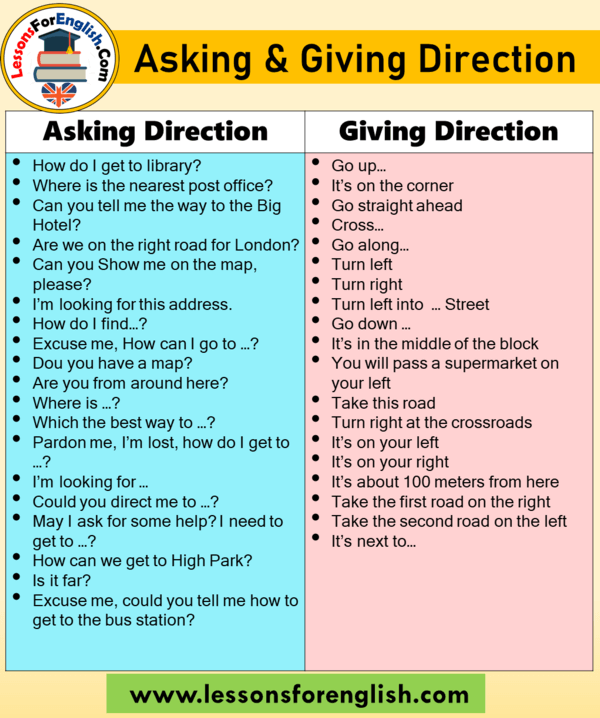 A conversation between two representatives of cultural initiatives - Elena Ishchenko, who left Russia, and an activist who remained in Russia, who speaks on condition of anonymity
A conversation between two representatives of cultural initiatives - Elena Ishchenko, who left Russia, and an activist who remained in Russia, who speaks on condition of anonymity
November 4, 20221616
Around the horizontalHow to make money for self-organized communities nine0002 A guide to old (and working) and brand new features
October 25, 20221597
Around the horizontal"Community is a superpower"
How new expats come together to help themselves and others
September 29, 20221581
Around horizontalJust below radar
Introduction to self-organization.

